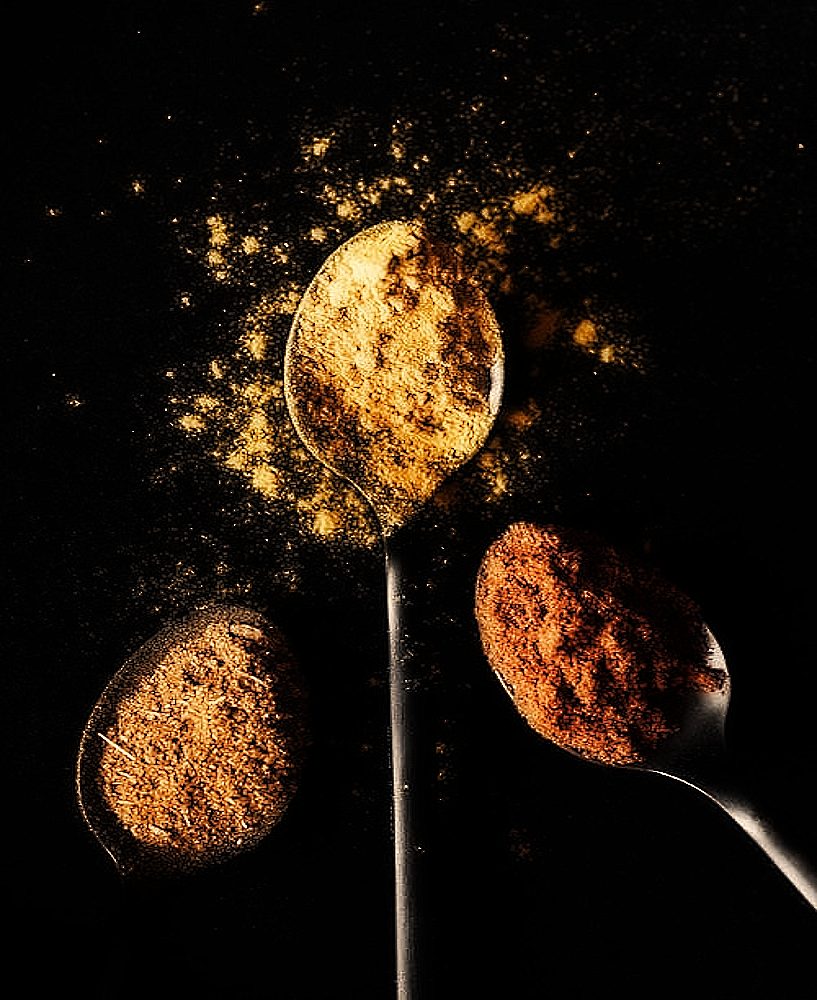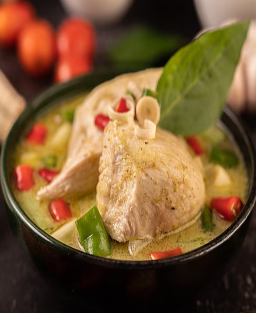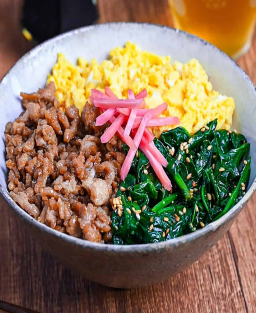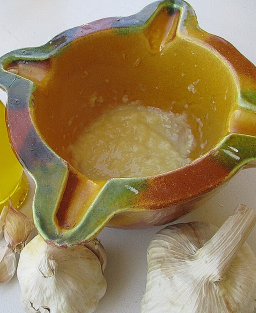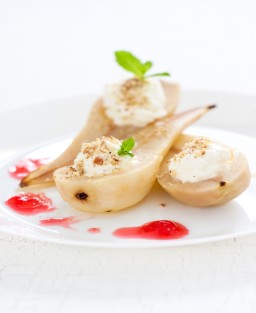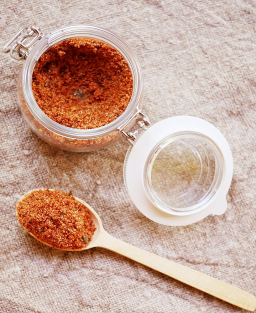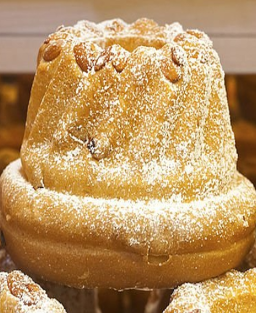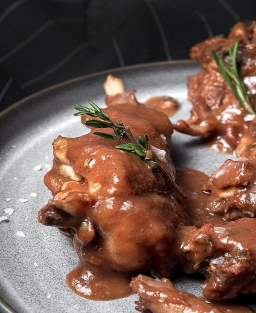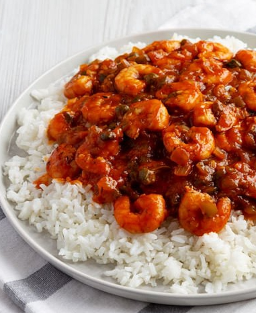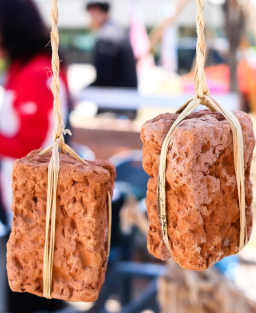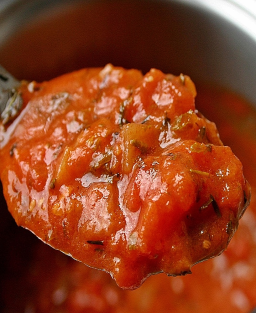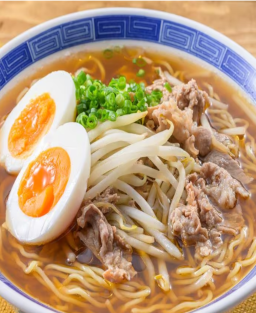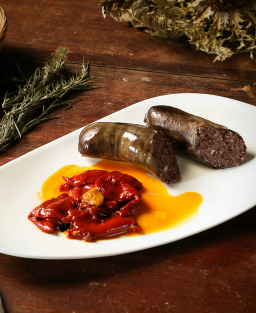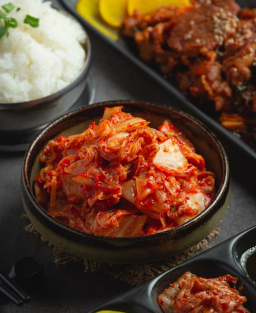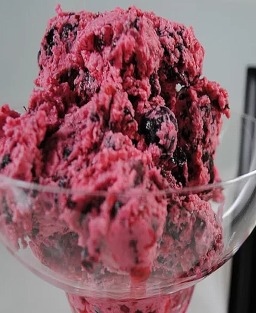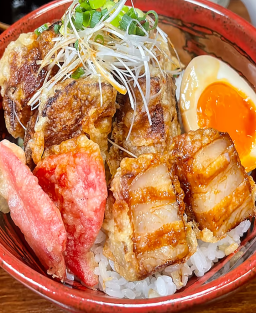- Out-of-Stock
Recipe for Homemade Madras Curry Spice Mix
Recipe for Homemade Madras Curry Spice Mix
Madras curry is a spicy preparation of Anglo-Indian origin, widely popularized in the United Kingdom. Contrary to what its name suggests, it is not traditionally consumed in the Madras region (now Chennai) of India. This dish was created to suit Western tastes, using spices available locally.
Origin and History
The term “Madras curry” appeared during the British colonial period in India. British colonists adapted local recipes by using spice blends such as curry powder, cumin, coriander, fenugreek, turmeric, cinnamon, cloves, cardamom, and chili to create a spicy sauce based on tomatoes and onions.
This adaptation gave birth to “Madras curry,” a simplified and spicier version of traditional Indian curries.
Although the name evokes the city of Madras, the dish is not native to that region. It was developed as part of Anglo-Indian cuisine to offer a more accessible and spiced version of traditional Indian curries.
Use
Mainly for seasoning meat or vegetable dishes, often served with rice or Indian bread.
Madras curry, though adapted to Western preferences, remains an expression of the rich spices of South India, offering a warm and flavorful culinary experience.
Ingredients for Madras Spice Mix (Homemade Curry Powder)
-
3 tablespoons coriander seeds (धनिया के बीज)
-
1.5 tablespoons cumin seeds (जीरा)
-
1 tablespoon fenugreek seeds (मेथी के बीज)
-
1 tablespoon black mustard seeds (काली सरसों के बीज)
-
1 tablespoon fennel seeds (सौंफ़) (optional)
-
1 tablespoon turmeric powder (हल्दी)
-
1 teaspoon black peppercorns (काली मिर्च)
-
1 to 1.5 teaspoons red chili powder (लाल मिर्च पाउडर) (ideally Madras chili)
-
1 teaspoon ground cinnamon (दालचीनी)
-
4-5 cloves (लौंग)
-
3-4 green cardamom pods (हरी इलायची)
-
½ teaspoon grated nutmeg (जायफल)
-
1 teaspoon dried ginger powder (सूखा अदरक पाउडर) (optional but recommended)
Preparation
-
Toast the seeds
In a dry pan over medium heat, lightly toast the coriander, cumin, fenugreek, black mustard, fennel, black peppercorns, cloves, and cardamom for 2-3 minutes. Stir constantly to avoid burning. The seeds should release a fragrant aroma. -
Cool down
Remove the pan from heat and allow the toasted seeds to cool completely. -
Grind the seeds
Place the cooled seeds in a spice grinder or powerful blender and grind into a very fine powder. -
Add powdered spices
Add the turmeric, chili powder, cinnamon, nutmeg, and dried ginger powder (if using). Mix thoroughly to combine. -
Storage
Transfer your Madras curry powder to an airtight jar. Store away from light and moisture to preserve aroma and freshness.
Usage
-
Use this blend to prepare your Madras curry by adding it to sautéed onions, garlic, and fresh ginger.
-
Add it to meat, fish, or vegetable stews with tomatoes, coconut milk, and curry or Indian thyme leaves.
-
Adjust chili quantity according to your heat tolerance.
-
Madras curry can be adapted to your taste: more or less spicy, more or less rich in coconut milk.
-
Add vegetables such as potatoes, eggplants, chickpeas as desired.
-
Keep the spice mix for several weeks in an airtight jar.
Overview of Major Indian Curry Types by Region
South India (except Tamil Nadu)
Kerala
-
Ishtu (milk-based stew)
-
Fish molee (mild fish curry)
-
Frequent use of curry leaves, mustard, coconut milk
Andhra Pradesh & Telangana
-
Very spicy curries (Guntur chili), tamarind
-
Gongura mutton curry
-
Kodi kura (spicy chicken curry)
Karnataka
-
Kootu (vegetables and lentils, mildly spiced)
-
Bisi Bele Bath (rice and lentils)
North India
Punjab
-
Butter chicken, chicken tikka masala (creamy, mild)
-
Rajma (red kidney beans)
Kashmir
-
Rogan josh (aromatic lamb curry)
-
Dum aloo (potatoes)
Rajasthan
-
Laal Maas (very spicy meat curry)
-
Gatte ki sabzi (chickpea flour dumplings curry)
West India
Goa
-
Goan fish curry
-
Vindaloo (very hot curry)
Maharashtra
-
Kolhapuri chicken (red, spicy)
-
Chickpea and eggplant curries
Gujarat
-
Mild, sweet, vegetarian curries
-
Undhiyu (mixed vegetable stew)
East India
West Bengal
-
Shorshe Ilish (mustard fish)
-
Chingri malai curry (prawns in coconut milk)
Assam & Northeast
-
Light curries with herbs and fish
Typical Indian Vegetarian Curries
South India
-
Sambar (lentils, tamarind)
-
Avial (root vegetables, coconut, yogurt)
-
Kootu (lentils, vegetables, mild spices)
North India
-
Rajma (kidney beans)
-
Chana Masala (chickpeas, garam masala)
-
Aloo Gobi (potatoes and cauliflower)
East India
-
Shukto (bitter vegetables, milk)
-
Chorchori (seasonal vegetables, panch phoron spice blend)
West India
-
Undhiyu (vegetables and chickpea dumplings)
-
Bhindi Masala (okra)
-
Bharli Vangi (stuffed eggplants)
Pan-Indian dishes
-
Palak Paneer (spinach and cheese curry)
-
Baingan Bharta (smoked mashed eggplant)
-
Kadhi Pakora (yogurt and fried chickpea fritters soup)
-
Tadka Dal (seasoned yellow lentils)











